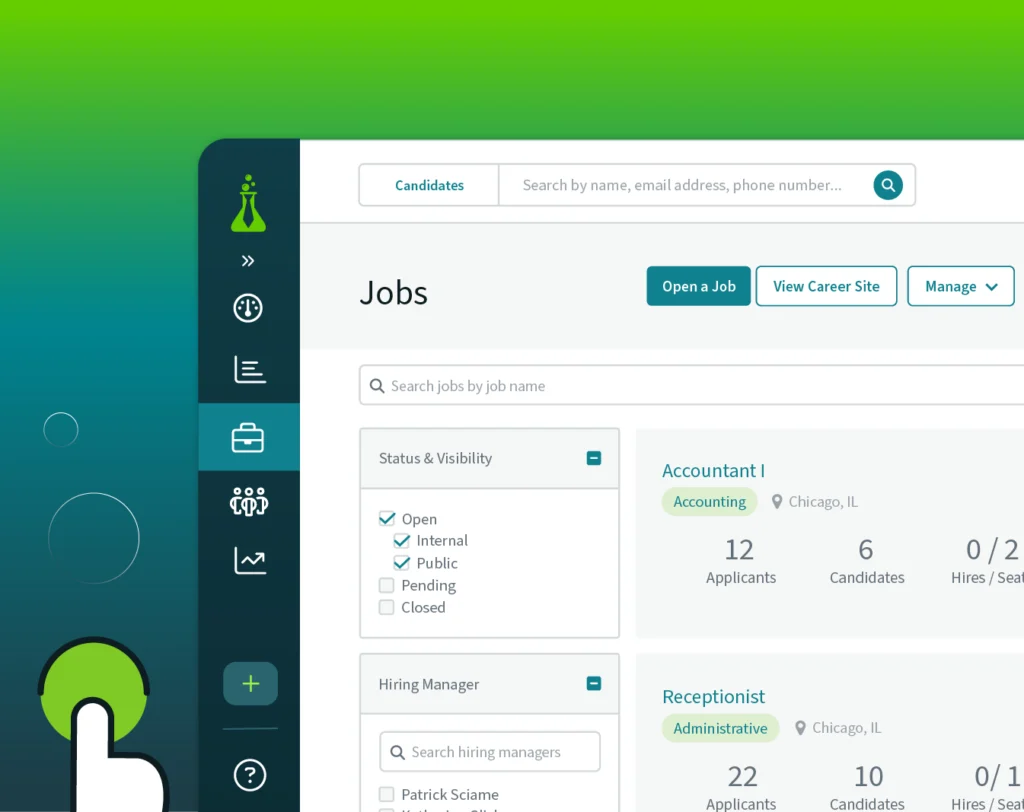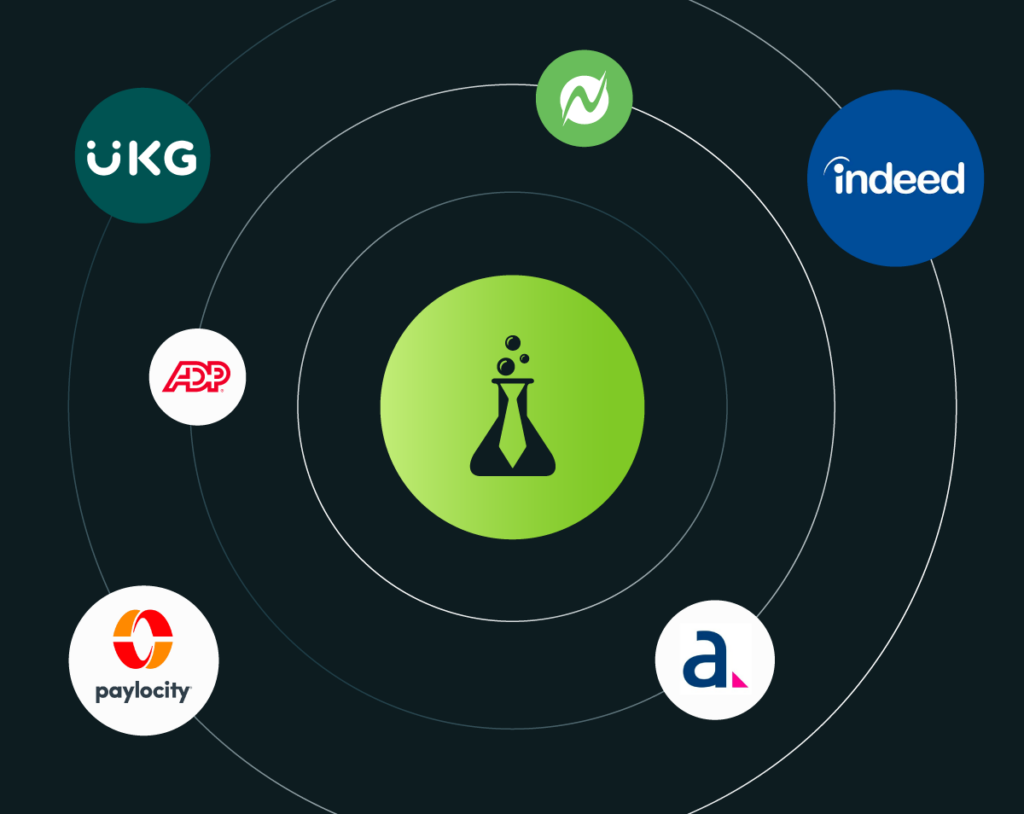Top employees are always eager to learn and improve in their careers. But according to the “2018 Workplace Learning Report” from LinkedIn, the top challenge holding employees back from learning is that they’re too busy.
Employees who continuously learn are often among the most productive, drive more revenue, and are more engaged than employees who remain stagnant in their roles. In fact, the LinkedIn report found that 94 percent of employees surveyed would stay with a company if it invested in their continued learning and development.
If you find your employees are too busy to make time for learning, this means it’s time to take action and ensure each team member makes learning and development a top priority. I’ve outlined some tips to get started below.
Set aside time for continued learning.
If your employees say they don’t have time for learning due to their day-to-day workloads, one solution might be easier than you think. Simply set aside time that’s strictly dedicated to employee learning and development.
While your top-performing employees likely have the busiest schedules, it’s still possible to find time on their calendars for continued learning. For example, you can set up breakfast meetings or lunch-and-learns, where employees can hear from guest speakers about skills that will help them grow in their careers, the latest trends in your company’s industry, or any number of other topics. This way, employees can get to learning first thing in the morning or during the lunch hour, rather than getting interrupted in the middle of the work day.
Another option is to include professional development time off in your company benefits. Many employees can benefit from attending conferences or workshops outside the office. Consider allocating a few days each year and a set budget to each employee specifically for professional development. And to ensure your business benefits from this investment in professional development, task employees with sharing what they learned and how they can apply it to your business upon their return.
Embrace online development resources.
While breakfast or lunch learning sessions might be convenient for some employees, there’s always the chance conflicts will come up. To ensure employees don’t miss out on learning opportunities, it’s also helpful to invest in online training and development resources. According to the LinkedIn study, 58 percent of employees prefer to learn at their own pace, and 90 percent of companies surveyed offer digital learning today.
Digital training can be used to share content with colleagues about any updates to your product offerings and services. Or resources can be shared to help employees train either to improve in their roles or move on to the next level–such as management training materials. And an added benefit of online training is that you can set up assessments to measure what employees have learned.
With online assessments, you can give employees a few weeks or a month or any time frame you choose to complete them. This way, employees who might not often have time for continued learning can find time within this window. Ultimately, this will help your business grow as your employees learn new skills, and make your employees feel valued by your investment in their continued education and development.
Collect employee feedback.
Whether you already have measures in place to empower your employees’ continued learning or are looking to build an employee development program, a key step to take is soliciting employees’ feedback. This ensures you’re offering employees the training and development resources they want and need to grow.
Consider sending a survey to employees or setting up internal focus groups so they can share their feedback about what you currently have in place, what you might be missing, and how you can improve when it comes to continued learning. Also, ask employees how you can help them carve out time in their busy schedules for learning, since many do not have time to learn the skills they need.
Every employee, from entry-level to the executive team, should strive to continue learning every day. This will ultimately lead to increased productivity, profitability, and employee engagement at your business.







